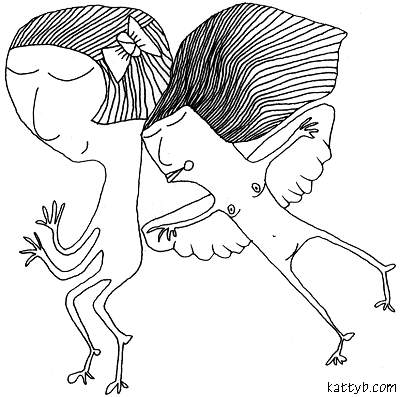|
Gallipoli Color, Australian, 1,981; directed by Peter Weir, with Mel Gibson This
tragedy starts off in Australia during W.W.1. Mel Gibson is a runner
who's the best around. The Thing Color, American, 1,982; directed by John Carpenter, with Kurt Russell, Wilford Brimley and Keith David. The
original version of this movie, made in 1,951, always gets praise for
being a political warning about the, then new, specter of communist
infiltration, dressed in the disguise of a monster from outer space
movie.
As I recall the story, Carpenter hired a screen writer who intended
to make the alien look rather like, surprise, the creature in Alien.
The story takes place in a remote American science base near the South
pole.
After the helicopter is accidentally blown up by one of the marauders
and bystanders are wounded, the camp commander takes it upon himself
to shoot the remaining attacker. The Thin Blue Line Color, American, 1,988; directed by Errol Morris This
excellent documentary covers the case of Randall Adams, who, in 1,978,
was tried and convicted of murdering a Houston police man at a routine
traffic stop, as they always say.
Although there are the usual talking heads and stills shots of newspaper
front pages, Morris defies convention by cutting his interviews with
very stylish film reconstructions of scenes from the crime. This documentary did what few have - it helped get an innocent man out of prison. The Sorrow and the Pity B. & W., French, 1960's; directed by Marcel Ophuls Max
Ophul's son's very long and absorbing documentary about France during
the Nazi occupation. More coming soon.
|
